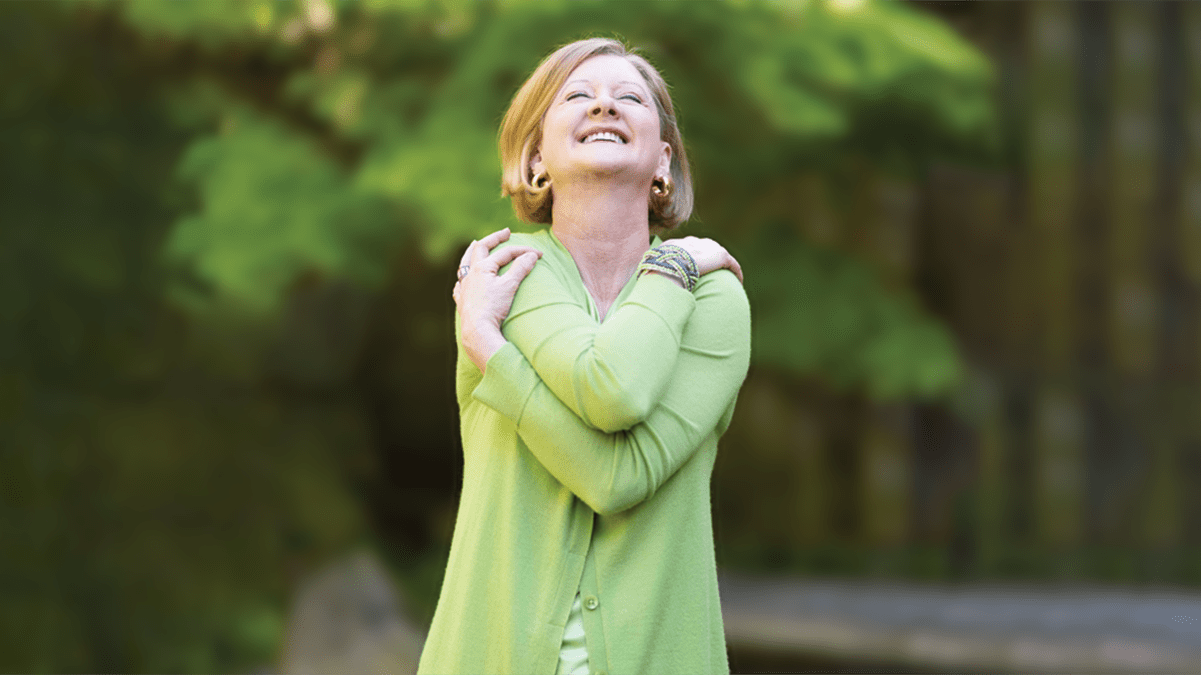“The concept [of successful aging] needs to be broadened, and to be seen on a continuum, rather than categorized… in terms of successful or unsuccessful.” Thomas A. Glass, PhD., Johns Hopkins University
In the 1980’s, researchers Drs. John W. Rowe and Robert L. Kahn first expressed what they thought were the defining characteristics we should strive for as we got older. They called it “successful aging.”
That term has now gone the way of power suits, Jane Fonda aerobics, and Reaganomics. Their criteria were the absence or avoidance of disease and/or disability, the maintenance of high levels of physical and cognitive functioning, and an active engagement with life. These two men tried hard to see beyond their prejudices, but, as we know now, they were a thousand miles short of reality.
After a generation of research had been done to understand what keeps us vibrant as we get older, a brilliant woman researcher, Dr. Yuchi Young at SUNY more accurately defined it, “as a state in which a person uses physical and social adaptive strategies to achieve a sense of well-being, high self-assessed quality of life, and a sense of personal fulfillment [perhaps] even in the context of illness and disability.” Dr. Young broadened the palate and colored in the outlines first drawn by Rowe and Kahn, helping us all see a more complete picture of aging.
Why am I telling you this? For several reasons.
Please notice it wasn’t until the 1980’s that social scientists were even looking at crafting a definition of aging that might differ from the millennia-old view of aging as simply, falling apart, getting sick, then dying. Also, the first analysis was narrow in scope, and heavily eschewed toward more well-off, fantasy-based Americans with perfect silver hair and glimmering straight teeth.
You get the idea–the majority of aging folks were left out of the first draft. Dr. Young, her colleagues, and those following her have done well to give us a greater range of what it means to age vibrantly. (No one uses “successful aging” anymore, as it sets one up for “failed” aging if the criteria isn’t met) 🙁
I believe a few more gradations are needed to create a nuanced image of what it means to be vibrant as we get older. I have divided my vision into the three areas gerontology encompasses: the body, mind, and spirit. To age vibrantly, I believe, we need to include and maximize our abilities and options in all three areas.
Until next time…Be Vibrant!




